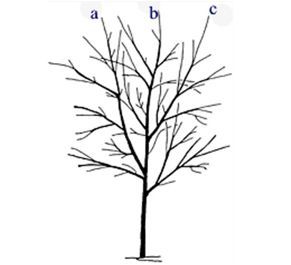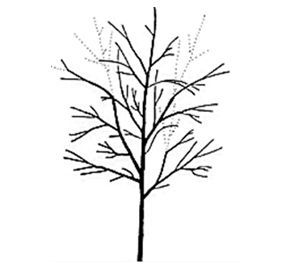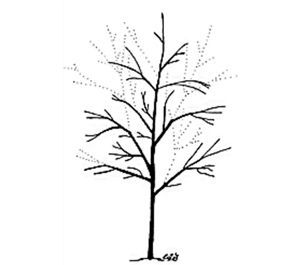Structural Pruning in the Iowa City Area
Plant Healthcare Advice From Certified Arborists
Improve the overall growth of your trees with the help of the experts at Acorn ArborCare, LLC. Our certified arborists specialize in structural tree pruning that'll help your trees thrive.
Structural pruning is a key aspect of tree healthcare that focuses on improving the architecture of your tree. Trees planted for landscaping design purposes are not put too close together, giving them an abundance of sunlight on all sides of the tree canopy. This encourages multiple tree limbs to grow in competition with the main trunk, which causes breakage and reduced tree life expectancy.
Trees with one dominant leader and small, well-spaced branches, however, are less likely to suffer from architectural issues and breakage. The arborists at Acorn ArborCare, LLC understand the science behind tree care, which allows us to properly prune your trees to deter competition within the tree. We love to prune young trees for proper structure early and regularly to give them the best possible chance for a long, safe, and healthy lifespan.
Let Acorn ArborCare, LLC shepherd your trees through their awkward adolescent years into beautiful, stable, mature trees you can enjoy for years to come. Contact us to learn more about structural pruning. We offer free service estimates, so give us a call today to get started!
How Structural Pruning Promotes Better Tree Health
Before Pruning
Before pruning, young- to medium-aged trees typically have around three developing leaders or codominant stems (exhibits a, b, and c. in this case). These are likely to develop into multiple leaders, causing the tree to be weaker than other trees with one trunk. Large maturing trees usually perform best and last longest if they grow with one main leader. Structural pruning helps the tree develop one main leader and one trunk.

After Light Pruning
One solution to this problem is light pruning that'll reduce the length of subordinate leaders (in this case, 'a' and 'c') using a reduction cut to encourage the leader ('b') to grow faster. This helps the intended leader become the dominant trunk by slowing the growth of the subordinate leaders and allowing more sunlight to reach the main leader. In most cases on larger mature trees, branches in the lower 15-20 feet of the tree should be kept smaller than half the trunk diameter using this technique.

After Moderate Pruning
Moderate pruning treatments are similar to light pruning solutions, but the main difference is that we are more aggressive in moderate pruning. We'll leave larger holes in the canopy, which is appropriate for trees that cannot be pruned for several years or ever again. We can safely and effectively remove up to 40% of foliage from young trees if necessary.

Newly Planted Trees or Light Pruning Dose
- One to three years in the landscape
- Under four inches in diameter
- Up to 12 feet tall
$85
Recently Established Trees or Moderate Pruning Dose
- Three to five years in the landscape
- Four to six inches in diameter
- Up to 16 feet tall
$150
Established Young Tree Pruning
- Over five years in the landscape,
Over six inches in diameter - Over 16 feet tall


Share On: